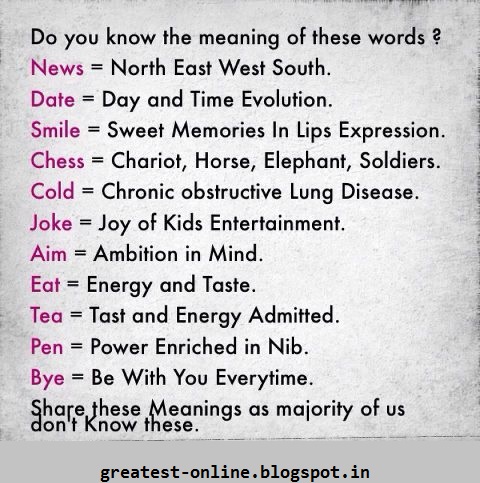The Blog is about Best Electronics, Tablets, Smart Phones, Mobile, Laptops, Browsers, Android Apps, Internet, Web-Sites, Gadgets, Games.
Monday, July 29, 2013
Friday, July 26, 2013
Sunday, July 21, 2013
Lumia 520 Is Nokia's Most Affordable Windows Phone 8 SmartPhone, Hot Selling In India.
Nokia Lumia 520 Details
In the market that is very much focused on Android, Nokia has introduced a Windows Phone that is very different and comes with a lot of features that are unique. While it doesn't make sense to match internal hardware of the Lumia 520 with the budget Android Phones as Windows Phone works well on small hardware.
Nokia Lumia 520 comes with a 4-inch screen with a Resolution of 800 X 480, Dual-core 1 GHz Processor, 512 MB RAM, 8 GB ROM, 5 MP camera and 1430 mAh battery.
What makes the Lumia 520 Outstanding ?
Nokia Lumia 520 has managed to get a lot of attraction in growing markets, and has now become the best-selling Windows Phone device to date. In India alone, it has 31.3% of the Windows Phone market. What makes the device stand out from so many others in the market? Let’s find out:
Lack of international manufacturers: There is lack of handsets in this category from International Manufacturers like Nokia. While Samsung have a device Galaxy S Duos in the category which it is very sluggish and doesn't look unique as compared to Micromax and Karbonn. So for Nokia, which has lot of brand recognition in India this phone in the segment adds a lot of fresh value to the Finnish Manufacturer.
Colours: In a world filled with black or white Android handsets, the Lumia 520’s design and styling is a breath of fresh air. It is available in 5 colors, making it Outstanding from a crowd of dull looking color devices.
Freshness of Windows Phone: We are now at a stage where Android is fairly common and ubiquitous. Therefore, a Windows Phone device is seen as something different from the normal and has the WOW factor thanks to the User Interface elements like Live Tiles and Solid Colours.
Nokia software: With its location based here, Nokia has ensured that all of its services make the best use of the unique features of the Windows ecosystem. In fact, these services are one of the main reasons why most individuals go for a Windows based device.
Free Microsoft Office: All Windows mobile devices come with Microsoft Office installed. This is sure to be a major incentive to buy a Windows device as the Office suite is still regarded as one of the best document editing suites in the market today.
In Summary :- It is understandable why buyers are choosing Nokia’s offering over budget Android devices. The Lumia 520 offers a sleek UI, a great design and a vast array of colour combinations in a segment where every other mobile looks the same. The strong sales of the Lumia 520 come down to two things: robust design and the uniqueness of Windows mobile when seen against the likes of Android.
Tuesday, July 16, 2013
Smart Phones Vs. Tablets
Smartphones aren't tablets and vice-verse. The first place to find proof that all devices aren't created equal. The kind of content and services being accessed by smartphone and tablet users are very different. While visitors largely use tablets for what's called “lazy internet”—consuming media and content, as well as browsing—they tend to prefer smartphones primarily for communication, content snacking, and using mobile apps.
Tablets are portable, while smartphones are pocket-able So tablets are mostly used in the living room, while smartphones are used within the home and also on the go. Mobile phones are also the most personal devices we use, while tablets are often shared with spouses, partners, or children.
Tuesday, July 9, 2013
Micromax, Karbonn Are In Top 3 In Indian Smart Phone Market After Samsung.
India imported 73.5 million mobile phones during the first four months of this year, registering a growth of 11 per cent as compared to corresponding period last year.
According to a CyberMedia Research (CMR) report, in the smartphones category, the market grew by 167 per cent on an annual basis during January-April to 9.4 million units.
While Nokia was number one company in the overall mobile handsets market with 20.3 per cent, Samsung was the leader in the smartphones segment with 40.7 per cent, said the report.
The India smartphones market also saw the entry of two local vendors (Micromax and Karbonn) amongst the top three positions for the first time, displacing tier-I international players.
“This shows that market dynamics have changed in the India smartphones segment. One of the key reasons for this is that a large number of feature phone users are migrating to entry-level smartphones,” Tarun Pathak, Analyst, CMR Telecoms Practice said.
He said the trend of dominance of the India smartphones market by local vendors is likely to continue during the coming year.“It is expected to sustain, till such time as one of the tier-I international players like Nokia, BlackBerry, HTC or Sony Mobiles launch a sustained marketing and promotion drive to regain share or introduce a new, potentially disruptive mobile device technology,” he added.
Subscribe to:
Posts (Atom)




